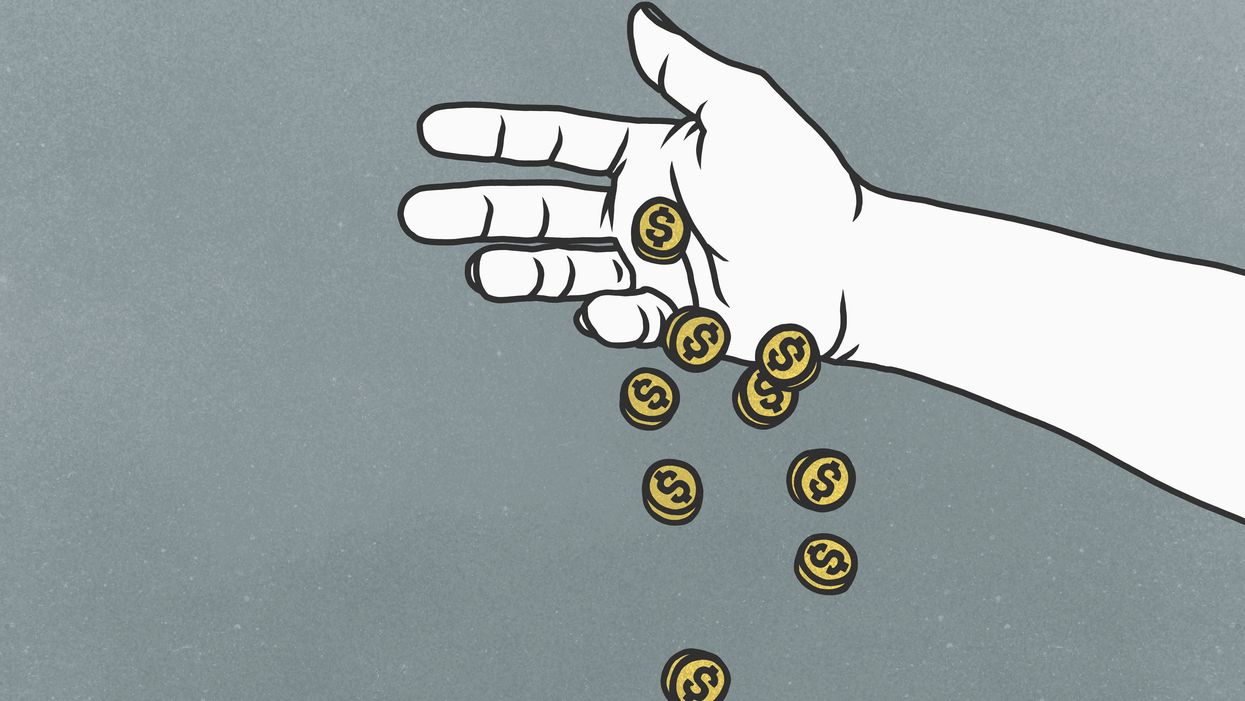Berkeley, the renowned progressive university town on San Francisco Bay, is the most recent place in the country to subsidize local elections. And the system worked as designed in its debut a year ago, cutting down the influence of big money and boosting competitiveness in the City Council elections.
That's the conclusion reached by MapLight, a nonprofit organization that follows the influence of money in politics, in a report this week.
While the public financing program for presidential campaigns has gone unused for almost a decade, because candidates haven't been willing to make the tradeoffs required, the concept is gaining steady acceptance elsewhere.
Berkeley, a city of 122,000, is among 20 municipalities (five others in California) and 19 states that spend taxpayer dollars on campaigns for local office in the forms of grants or matching funds to candidates, or tax breaks or vouchers for donors. Portland, Ore., and Washington, D.C., will begin public funding of local races next year.
Fourteen people ran for the Berkeley council in 2018, the highest number since the start of the decade, and 10 of them agreed to adhere to contribution limits from others in return for public matching funds. In an election without any primaries but with ranked-choice voting, the winners of all four seats came from that group.
Only candidates who accept donations of $50 or less qualify for a 6-to-1 match from public coffers, up to $40,000. Four candidates raised enough small-dollar donations to get the maximum, and three of them won. The fourth winner who took part in the program was a senior on the flagship University of California campus.
In the end, the candidates who took public money collected a combined $424,000 from public and private sources, while those who didn't had a combined fundraising haul of $52,000. With the need for private funding eased for those in the program, Maplight concluded, candidates had more time to focus on meeting voters and talking about local issues.
Outside influences were also deterred by the public financing system. In both the 2014 and 2016 elections, businesses and political committees gave about $10,000 combined to council candidates. This fell to just $4,500 last year, with most going to one of the non-participating (and losing) candidates. In addition, last year's election saw fewer donations from outside of Berkeley and out of state.





















